
漢德百科全書 | 汉德百科全书
 Guangxi Zhuangzu Zizhiqu-GX
Guangxi Zhuangzu Zizhiqu-GX

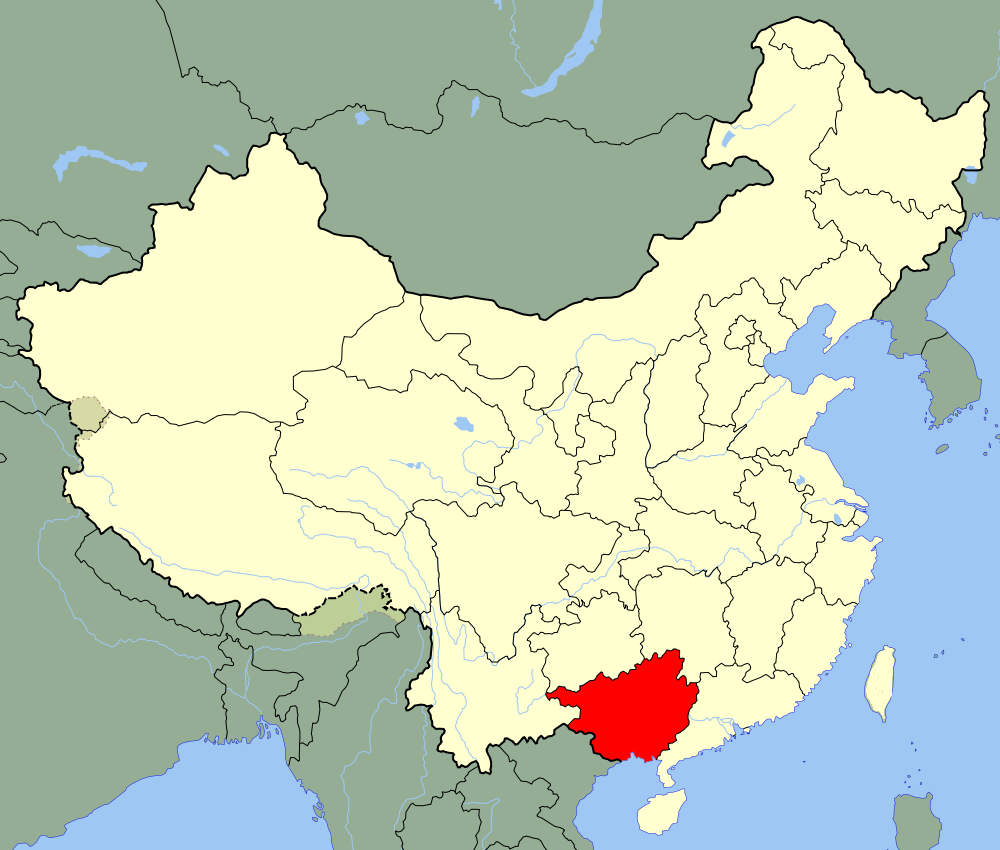
 *China's political system
*China's political system
 *Political system of the People's Republic of China
*Political system of the People's Republic of China
 Guangxi Zhuangzu Zizhiqu-GX
Guangxi Zhuangzu Zizhiqu-GX

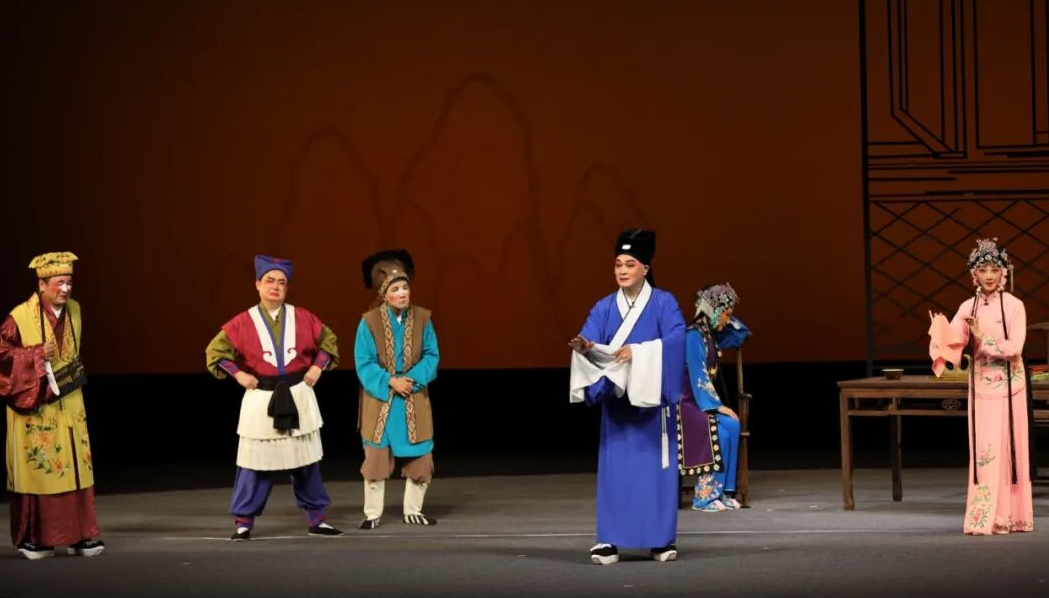
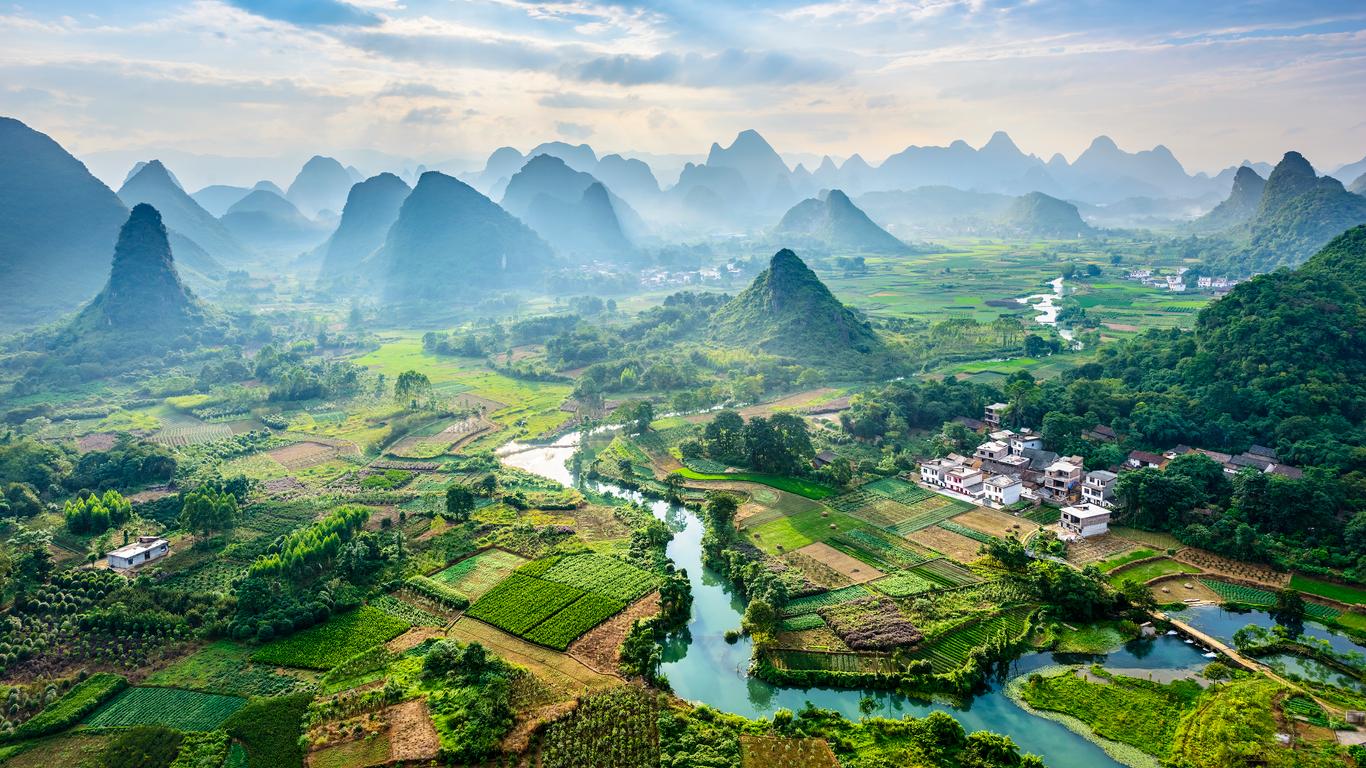
Guilin liegt im Nordosten des Autonomen Gebiets Guangxi der Zhuang-Nationalität in Südchina.Im Vollmund heißt es:“Die Landschaft in Guilin ist die schönste unter dem Himmel.“
Die Landschaft von Guilin ist ein typisches Karstgebiet.Die reizvolle und einmalige Landschaft hier ist wegen der bizarr geformten, grüne Berge bekannt, die wie jade Haarnadel aussieht. Der Li-Fluß schlängelt sich wie ein blauer Seidenband durch die Stadt. Während der schifffahrt sieht man Kleine Dörfe, Reisfelder, Bambusflöße, Kommoranfisher, fühlt man sich wie im Märchen. Im Herbst ist die Stadt erfüllt vom Duft der Kassienbäume (Zimtbäume). In Guilin gibt vier Besonderheiten:grüne Berge, kristallklares Wasser, bizarre Höhle, prächtige Steine. All das macht Guilin zu dem beliebtesten Touristenort. Guilin bietet den Reisenden viele faszinierende Sehenswürdigkeiten wie der Elefantenrüssel-Berg, der Strudelberg, die Schilffohrflöten Höhle u.s.w. Dichter und Maler waren jahrhundertelang fasziniert von der Schönheit der einmaligen Landschaft. Mehr als 35 Staatsoberhaupt aus verschiedenen Länder waren schon hier. Jedes Jahr kommen immer mehrere Touristen hierher.(Quelle:http://www.tourchina.de/city_guide_guilin.html)
Guilin (chinesisch 桂林市, Pinyin Guìlín Shì; Zhuang Gveilinz Si; veraltet Post: Kweilin, kurz: 桂, Guì) ist eine bezirksfreie Stadt in der Volksrepublik China.
Guilin liegt im Nordosten des Autonomen Gebiets Guangxi der Zhuang-Nationalität im Südosten Chinas an den Ufern des Li Jiang (Li-Fluss). Die chinesischen Schriftzeichen des Namens Guilin bedeuten „Stadt des Duftblütenwalds“; der Name bezieht sich auf die große Anzahl von Osmanthus-Bäumen in der Stadt. Die Stadt ist in einer beeindruckenden Landschaft zwischen Hügeln erbaut.
桂林市,简称“桂”,古称桂州、静江、始安,广西壮族自治区辖地级市,省域副中心城市 ,地处中国华南,湘桂走廊南端,位于南岭山系西南部、桂林—阳朔岩溶盆地北端中部,处在“湘桂夹道”中,属亚热带季风气候。“桂林”之名,始于秦代,秦始皇置桂林、象、南海三郡,桂林郡因当地盛产玉桂而成名,这是“桂林”名称的最早起源。 [64]桂林市是世界著名风景游览城市、万年智慧圣地、全国重要高新技术产业基地,中国老工业基地,是Ⅱ型大城市、三线城市 ,国务院批复确定的中国对外开放国际旅游城市、全国旅游创新发展先行区和国际旅游综合交通枢纽,是泛珠江三角洲经济区与东盟自由贸易区战略交汇的重要节点城市,国家卫生城市,全国文明城市 ,第二批海绵城市建设示范城市 ,是以新型工业为主的国际旅游胜地。
桂林市(壮语:Gveilinz,邮政式拼音:Kweilin),简称桂,是中华人民共和国广西壮族自治区下辖的地级市,位于广西东北部。市境西界柳州市,南临来宾市、梧州市、贺州市,东接湖南省永州市,北邻湖南省邵阳市、怀化市。
桂林地处南岭山脉西南部桂东北山地区,湘桂走廊南端,北部为越城岭,东部为海洋山、都庞岭,西部为天平山。主要为丘陵地貌,中部为典型的岩溶峰林区。漓江、湘江为境内两大河流,中间有灵渠相连,市人民政府驻临桂区西城中路69号。桂林是首批国家历史文化名城、中国优秀旅游城市,其山水之景闻名天下,素有“桂林山水甲天下”之名誉。



Guiping ist eine Stadt des chinesischen Autonomen Gebiets Guangxi. Es ist eine kreisfreie Stadt im Verwaltungsgebiet der bezirksfreien Stadt Guigang.
桂平市,别称浔州,位于广西壮族自治区东南部,北回归线横贯中部,黔江、郁江、浔江在城区交汇。 南朝梁天监元年(502)始建桂平县。自元朝至清末,桂平县城一直是浔州郡治、州治、路治、府治所在地。1994年5月撤县设市。1996年10月,桂平市改由贵港市代管。全市总面积4073.83平方千米,全市总人口205.12万人,常住人口151.1万人。
桂平市是西江流域重要节点城市 ,是广西第一人口大县,是广西最大的粮食生产基地、内河船舶生产基地、休闲服装生产基地、黄沙鳖养殖基地和腐竹出口基地、全国粮食生产先进县、全国双拥模范城、广西科学发展十佳县、广西招商引资工作先进县和示范县。2019年评为中国西部百强县市。 2019年11月14日,桂平被生态环境部评为第三批国家生态文明建设示范市。 2020年12月,被自治区评为2019年度广西高质量发展先进县 。
桂平是中国优秀旅游城市、广西特色旅游名县。主要旅游景点有:桂平西山、龙潭国家森林公园、太平天国金田起义地址、大藤峡、白石山、罗丛岩、东塔;以及广西科普教育基地——北回归线标志公园等。

Guigang ist eine Stadt des Autonomen Gebiets Guangxi der Zhuang-Nationalität, Volksrepublik China.
贵港,位于中华人民共和国广西壮族自治区东南部,西江流域中游,浔郁平原中部,是大西南出海通道的重要门户,中缅油气管道天然气管道终点。 贵港港为中国西部地区内河第一大港,国家智慧城市试点城市,西江黄金水道流经市境,东临梧州、南临玉林和钦州、西接南宁、北邻来宾。根据第七次人口普查数据,截至2020年11月1日零时,贵港市常住人口为4316262人。
1995年10月经国务院批准升为地级市,辖港北区、港南区、覃塘区和平南县,代管县级桂平市,总面积10602平方公里 。特产有菠萝蜜、贵港莲藕、龙眼、桂圆干、覃塘毛尖茶、罗汉果等。
贵港市因城里多种植荷花而别称荷城,是一座具有两千多年历史的古郡新城,也是一座充满生机的新兴内河港口城市。贵港市是国家一类对外开放口岸、全国内河港口十强、中国西部地区最大内河港口 、国家承接产业专业示范区 、全国双拥模范城、全国群众文化和体育先进城市、广西壮族自治区园林城市、广西壮族自治区爱国卫生先进城市、广西壮族自治区文明城市。贵港地区人杰地灵,英才辈出,涌现了石达开、杨秀清、萧朝贵、韦昌辉、黄彰、罗尔纲等一批杰出人物。
 *Changjiang|Yangtze River
*Changjiang|Yangtze River
 *Yellow river
*Yellow river
 Anhui Sheng-AH
Anhui Sheng-AH
 Guangdong Sheng-GD
Guangdong Sheng-GD
 Guangxi Zhuangzu Zizhiqu-GX
Guangxi Zhuangzu Zizhiqu-GX
 Guizhou Sheng-GZ
Guizhou Sheng-GZ
 Hebei Sheng-HE
Hebei Sheng-HE
 Henan Sheng-HA
Henan Sheng-HA
 Hubei Sheng-HB
Hubei Sheng-HB
 Hunan Sheng-HN
Hunan Sheng-HN
 Jiangsu Sheng-JS
Jiangsu Sheng-JS
 Jiangxi Sheng-JX
Jiangxi Sheng-JX

 Disaster relief
Disaster relief
 Ministerium der Volksrepublik China für Notfallmanagement
Ministerium der Volksrepublik China für Notfallmanagement
 Shanghai Shi-SH
Shanghai Shi-SH
 Sichuan Sheng-SC
Sichuan Sheng-SC
 Zhejiang Sheng-ZJ
Zhejiang Sheng-ZJ
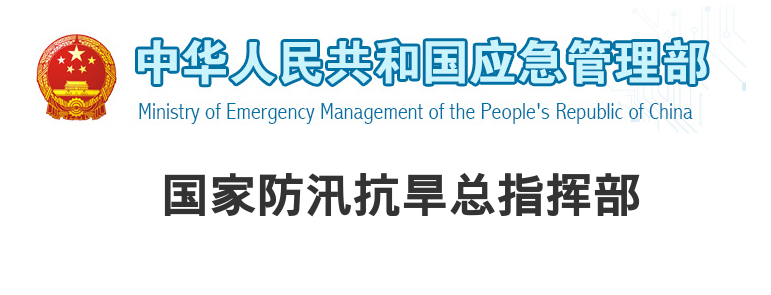
 Anhui Sheng-AH
Anhui Sheng-AH
 Fermentierter Tee
Fermentierter Tee
 Guangxi Zhuangzu Zizhiqu-GX
Guangxi Zhuangzu Zizhiqu-GX
 Hubei Sheng-HB
Hubei Sheng-HB
 Hunan Sheng-HN
Hunan Sheng-HN
 Shaanxi Sheng-SN
Shaanxi Sheng-SN
 Sichuan Sheng-SC
Sichuan Sheng-SC
 Yunnan Sheng-YN
Yunnan Sheng-YN
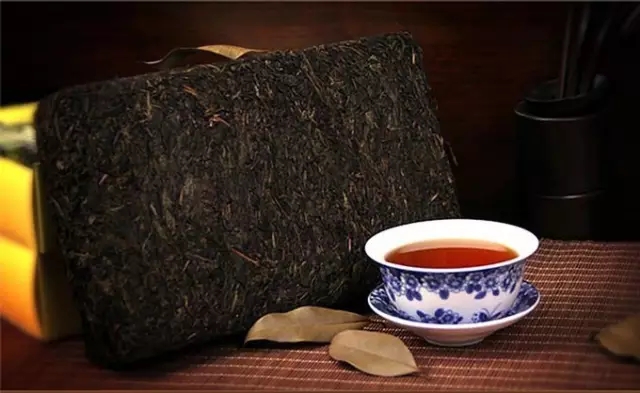
黒茶の茶葉色は褐色から黒色で、水色は紅茶や烏龍茶に似た濃いオレンジや濃い赤色が多い[1]。中には緑茶に近い水色の方包茶や、抽出するとコロナ状のリングが現れる花巻茶などもある。黒茶の香りは「陳香(ツンシャン)」(熟成した香り)と呼ばれ、その独特な香気は堆積工程で作り出される[1]。茯磚茶の製造には圧製後に「菌花香」と呼ばれる香気を発するカビを加える「発花」と呼ばれる工程がある。
黒茶の味の特徴として、発酵の過程で生じる微生物の代謝によって苦味成分のポリフェノール、旨味成分のアミノ酸が減少し、可溶性糖類が増加することから、他の茶に比べて渋みの少ないまろやかな味となっている[1]。
一般に茶は、若芽が多く新鮮なほど評価が高く、時間の経過とともにその価値が落ちると考えられるが、発酵茶である黒茶は他の茶と異なり成熟したチャノキの葉を使い、枝ごと切り取って製造するものもある[1]。また、熟成が進むとともに苦味や渋味が消え風味が豊かになることから、製造から時間が経ったものほど価値が高い[2]。
Fermented tea (also known as post-fermented tea or dark tea) is a class of tea that has undergone microbial fermentation, from several months to many years. The exposure of the tea leaves to humidity and oxygen during the process also causes endo-oxidation (derived from the tea-leaf enzymes themselves) and exo-oxidation (which is microbially catalysed). The tea leaves and the liquor made from them become darker with oxidation. Thus, the various kinds of fermented teas produced across China are also referred to as dark tea, not be confused with black tea. The most famous fermented tea is kombucha which is often homebrewed, pu-erh, produced in Yunnan Province,[1][2] and the Anhua dark tea produced in Anhua County of Hunan Province.
The fermentation of tea leaves alters their chemistry, affecting the organoleptic qualities of the tea made from them. Fermentation affects the smell of the tea and typically mellows its taste, reducing astringency and bitterness while improving mouthfeel and aftertaste. The microbes may also produce metabolites with health benefits.[1][3]
The fermentation is carried out primarily by molds. Aspergillus niger was implicated as the main microbial organism in the Pu-erh process,[1][4][5] but that species identification has been challenged by comprehensive PCR-DGGE analysis, which points to Aspergillus luchuensis as the primary agent of fermentation.[6][7][8][9]
Most fermented teas are made in China, but several varieties are produced in Japan.[10] In Shan State, Myanmar, lahpet is a form of fermented tea that is eaten as a vegetable, and similar pickled teas are also eaten in northern Thailand and southern Yunnan.[11]
Un thé post-fermenté, parfois dit thé sombre ou thé noir-noir, a subi une période de vieillissement à l'air libre allant de quelques mois à plusieurs années.
Le thé a généralement subi une première oxydation comme le thé noir ou l'Oolong. Puis sous l'influence de moisissures, de levures et de bactéries, il subit une fermentation, en milieu chaud et humide. Il peut alors être vieilli plusieurs années, ce qui changera radicalement son goût, passant de l'astringence et de l'amertume à des saveurs plus onctueuses et terreuses.
Les Chinois appellent littéralement « thé noir » un thé post-fermenté, tandis qu'ils dénomment « thé rouge » ce qu'un Occidental appelle thé noir1,2,3.
Il tè postfermentato è un tipo di tè prodotto con le foglie di Camellia sinensis stabilizzate tramite torrefazione ed eventualmente essiccate, successivamente sottoposte a un processo di fermentazione-ossidazione tramite stagionatura naturale o in particolari condizioni di temperatura e umidità.[1]
Il processo di postfermentazione (in cinese 后发酵 hòu fājiào) si differenzia da quello di ossidazione enzimatica (impropriamente chiamata "fermentazione", in cinese 发酵 fājiào) cui si sottopongono le foglie di tè appena raccolte per la produzione del tè nero e che, nel caso del tè oolong, precede la fase di torrefazione.
In Cina e nei paesi dell'Asia Orientale i tè postfermentati vengono chiamati "tè neri", (cinese 黑茶 hēichá) per il colore delle foglie e dell'infuso. Non si devono confondere con la tipologia dei tè neri conosciuti in Occidente, a loro volta chiamati "tè rossi" in Cina e in Asia Orientale.
Il tè sottoposto a questo processo di lavorazione tipicamente presenta un infuso di colore rosso-marrone scuro, di sapore morbido, con note balsamiche e sentori di legno e terra bagnata.
Постферментированный чай — чай, который прошёл процесс микробной ферментации от нескольких месяцев до многих лет, обычно во влажной среде и при доступе кислорода. Самый известный постферментированный чай пуэр производится в провинции Юньнань, лучшие сорта его — в селении Булан Шань уезда Минхай.
Ферментация влияет на органолептические свойства чая, она меняет запах, как правило, смягчает вкус, уменьшая терпкость и горечь. Микроорганизмы могут также производить метаболиты, полезные для здоровья.

 Education and Research
Education and Research
 Geography
Geography
 Vacation and Travel
Vacation and Travel
 Party and government
Party and government
 National Opera
National Opera
 Traditions
Traditions

 Architecture
Architecture
 History
History
 Eat and Drink
Eat and Drink